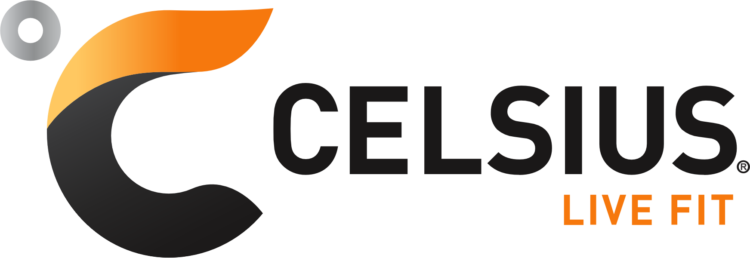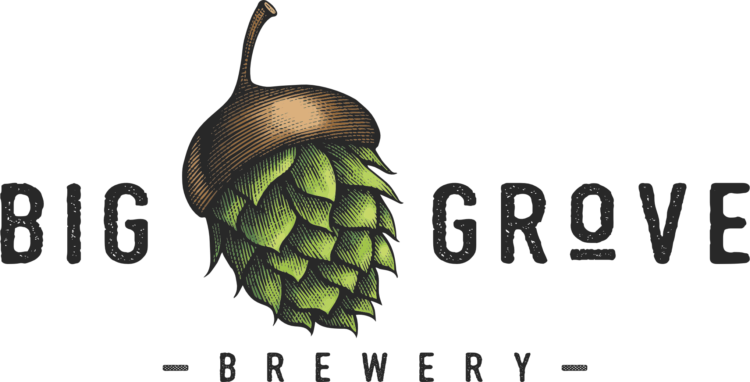Top 10 Training Tips for RAGBRAI #4: Fueling for Cycling
- 10 May, 2017
- Jared

by Coach David Ertl
As you are preparing for RAGBRAI and during the ride itself, fueling your body properly is an important aspect of successful performance. Food means a lot of things to us. While it’s treated as social, pleasure and entertainment, it’s also fuel, In fact, that’s it’s most important purpose that we often tend to overlook. Cycling requires a considerable amount of energy, and the right types of energy. When thinking about how to fuel your body for cycling, it’s important to consider the type and amounts of fuel you are consuming. So let’s review a few basics.
There are three macro nutrients in our diet, fats, proteins and carbohydrates. Proteins make up much of our body tissue, including muscle tissue. Fats and carbohydrates are primary energy sources. When riding your bike at an easy to medium pace, you burn about equal amounts of fat and carbohydrate. Fats come in the form of oils (corn, soy, olive, canola) and in solid fats such as butter and margarine and animal fats. Carbohydrates take the form of starches (potatoes, flour, pasta, rice) and sugars. Carbohydrates are broken down into simple sugars in your gut and your body uses glucose as its main source of carb. While fats are very high energy nutrients, you really don’t need to eat much as you likely have enough reserve in your body, even if you carry a very low amount of body fat. However, a small amount is required in the diet for good health. Conversely, you cannot store much carbohydrate. You are able to store some (in the form of glycogen) in your liver and muscles, but only enough to last 2-3 hours of riding. Therefore, when fueling for cycling, carbohydrates become the primary energy nutrient you need to consider.
If you don’t consume enough carbs before a long ride – longer than 2-3 hours – you risk running low on blood sugar, something runners call ‘hitting the wall’ and what cyclists call ‘bonking’. Both are bad, but I like the sound of bonking better! The harder you ride, such as on hilly rides, the more carbs you will burn. So as you consider your ride for the next day, think about the amount of energy you will need. Let’s say you want to do a 4 hour ride the next day. You should make a conscious effort to consume some carbs the day before. [One of the great things about cycling is you have to make sure you eat enough!] It is best to consume carbs in the form of complex carbohydrates, such as whole grains, vegetables, and some fruits. These are slower digesting and will be absorbed by your body more slowly and be less likely to convert to fat, something carbs do if eaten in excess. Limit processed flours, sugars and ‘white’ foods, such as white bread, white rice, white potatoes as they can spike your blood sugar. Also, don’t think you need to ‘carbo load’ the night before a big ride. If you eat more than you need at the time, the excess gets turned into fat. So eat some carbs with each meal the day before, but don’t overdo it and make them the complex kind.
The morning of your ride, eat some more simply digested carbs such as cereal, yogurt, breads and fruits but again, don’t overdo it. If you ate properly the day before, you just need to top off your tank. Plus, you don’t want to start a ride will a stuffed stomach. Also, avoid fatty foods the morning of a ride – skip the bacon and sausage this morning, or you may ‘enjoy’ them all day. During the ride, you should eat a small amount of easily digested foods, high in carbs such as energy bars, bananas and sports drinks. Unlike the day before a ride, during a ride you want those processed and easily digested carbs because you want them to get through your digestive system and into your blood quickly so they can be used.
Here’s a rule of thumb I use when determining how much energy to consume on a ride. (these all assume that I’ve eaten adequately prior to the ride)
- If the ride is 90 minutes or less, I just drink water – no food or energy drink. I’ve got plenty of energy in my body for this duration.
- If the ride is 1.5 to 2.5 hours, I will use an energy drink to provide a couple hundred calories of energy just to keep my energy and blood sugar up.
- If the ride is longer than 2.5 hours I will use an energy drink and consume some solid food or gels as well.
My favorite foods to consume on a long ride include bananas, fig bars and a certain type of energy bar (I only eat one kind that I find enjoyable and tasty – They don’t pay me to endorse them so if I told you which one I might have to jump off a Cliff). Fig bars are easy to eat and are a little moist and go down quite easily. I’ve also been known to bring along pitted prunes in a sandwich baggie. These are moist and bite-sized and are easy to munch on while riding. So experiment during your training rides and find what works for you.
When doing long distance riding as you prepare for RAGBRAI, it’s important to pay attention to both the types of foods you are eating, the amounts, and the timing of when you eat. Use your training rides to practice your fueling. That’s part of training too.
Bon appétit!
Coach David Ertl
David Ertl is a USA Cycling Level 1 Coach. He coaches the Des Moines Cycle Club Race Team, JDRF Ride To Cure Diabetes and individual cyclists through the Peaks Coaching Group. He also provides cycling training plans and ebooks at his website: http://www.CyclesportCoaching.com . He can be contacted at coach@cyclesportcoaching.com.
1 Comment
Submit a Comment
You must be logged in to post a comment.
Related Articles
-
2 days ago
This week on the podcast, it's Episode 300!!! It's part 1 of 2 in our Deep Dive into the RAGBRAI LI Route. AP and Murph sit down...
-
1 week ago
The Dream Team has kicked off another year and director Jeff Van Genderen is on this episode along with youth member Addy who is...
-
1 week ago
I recently heard a good quote: “If you have a body, you are an athlete.” That’s true I suppose, but to really feel and...
















What not to eat?
I’ve noticed certain foods interfere with being able to readily absorb fluids. I suspect once in the stomach they mix with the fluids causing our system to have to digest the mixture. In turn causing dehydration and that sloshing feeling when the mixture just lays on my stomach. Is this true? If true is there a general rule what not to eat to avoid this?